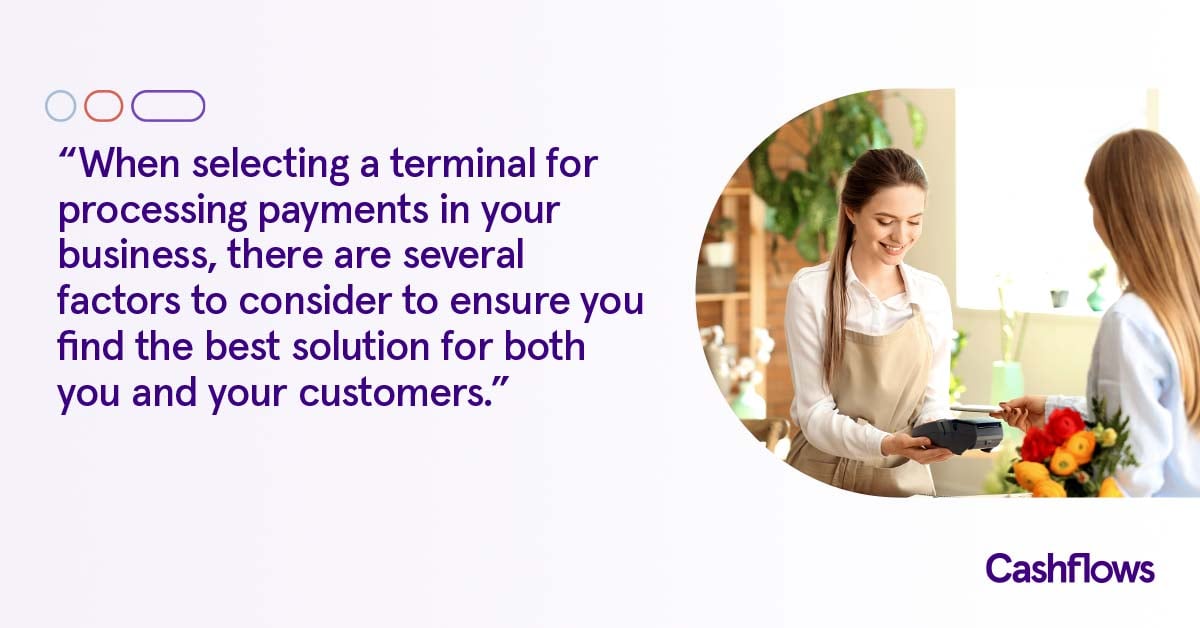Online transactions are nothing new – the first, the purchase of a Sting CD, was made in 1994, and there have been enough articles published on the unprecedented growth of eCommerce during the pandemic to fill several filing cabinets. However, very few people are talking about how it’s not just clothes and groceries that people are buying online anymore - it’s diamonds and private islands too.
There is no defined limit to how much money can change hands over the internet. The most expensive online purchase to date, a yacht sold on eBay, involved an $85 million deposit made through the site (the total was $168 million). Other notable mentions include a Gulfstream V business jet ($40m), the town of Albert, Texas $2.5m), and lunch with Warren Buffet ($2.6m)1. Purchase limits and the methods by which high-value transactions can be carried out are primarily dictated by the platform’s payments provider. In the same way that retailers can set their own contactless limit (up to £100, from next week), individual providers can set their own single transaction limit. High-value, infrequent transactions can often be more risky, due to the fees incurred if it has to be refunded and the higher likelihood of fraud and money-laundering. This means that providers that support large transactions will often request extra steps, such as signed copies of invoices, proofs of delivery, a signed declaration, etc. It also often means an increase in settlement times, as the provider will want to hold the money for longer in case of a refunded transaction . The payments systems used can vary across providers, some still settle with BACS, requiring a three working day processing time, rather than the newer real-time settlement system, CHAPS. But historically, it’s not just been payment providers that have been wary of carrying out high-value transactions online.
Back in 2019, less than 15% of surveyed consumers said that they were comfortable buying big-ticket items like fine jewellery, cars, or property online2. 82% of UK consumers believed in-store purchases were more secure when it came to buying expensive items. After all, what if it looks different than it does in the photos3? However, as predicted by Global X ETFs in their research, these more expensive sectors have indeed followed the high eCommerce growth path of established online industries, albeit having taken a little longer to take off. The increasing ubiquity of eCommerce, the ease of purchase, and the growth in new in-depth technologies, including virtual house-viewings, test drives, and 360 degree views of consumables, reassuring consumers that they will receive exactly what it is they’re paying for.
The move to online and digital in high-value sectors has boomed, along with the rest of eCommerce, over the COVID-19 pandemic, subverting expectations. Rather than the sales of luxury goods dropping during the pandemic, as predicted in 2020 by Bain & Co’s annual forecast, sales boomed, with online designer retailers, such as Farfetch, reporting record levels of sales and customers4.
It’s not just designer clothes or jewellery either, online sales of property have exploded too. Driven by the difficulty of travelling during the pandemic and the volatility of the housing market, there has been widespread adoption of tech tools, enabling buyers to not just browse real estate but also apply for loans, finalize deals, have documents notarized, and pay online. One online real estate agent, Redfin, supported 63% of their buyers to make an offer on a home they had never seen in person in November and December last year5. While future-facing real estate companies such as BidX1 have been entirely digital from auction to close for years, the pandemic has increased the popularity of these platforms, encouraging typically more nervous first-time buyers to take the plunge. Not using online methods has even started to disadvantage some prospective buyers, in particular those that live in high-demand areas, including London, Bristol, and Brighton, where houses are often listed and go under offer in a matter of hours. Whilst purchasing a house online has meant that if you’re moving cities or countries, you no longer have to travel multiple times to go to property viewings, you now run the risk of losing out if you’re not quick to put down an offer.
It’s undisputable that consumers are primarily driven by ease, and that doesn’t stop with high-value transactions, particularly now that people are far more comfortable shopping online. Those who have the money to spend on high-value items and experiences, increasingly want the ease of an entirely online experience. Why would the person who spent $500,000 in-app on a multi-stop private jet flight make the effort to spend in-person when they can get what they want at the press of a button6? For anyone who has a couple of million dollars lying about, and doesn’t fancy purchasing in-person, you’ll be pleased to learn you can buy artwork by James Barnes ($25.9m), Patek Phillipe watches ($176,990), or black diamonds ($253,530), on Amazon7. You’ll even get delivery thrown in!
For more information on how Cashflows can support high-value transactions for your company, check out our customer case study with BidX1, a fully digital property company that has pioneered tech developments in real estate since 2017, recently featured in the KPMG Real estate Innovations Overview for 2021. Alternatively contact our sales team here.
Sources:
4Time


